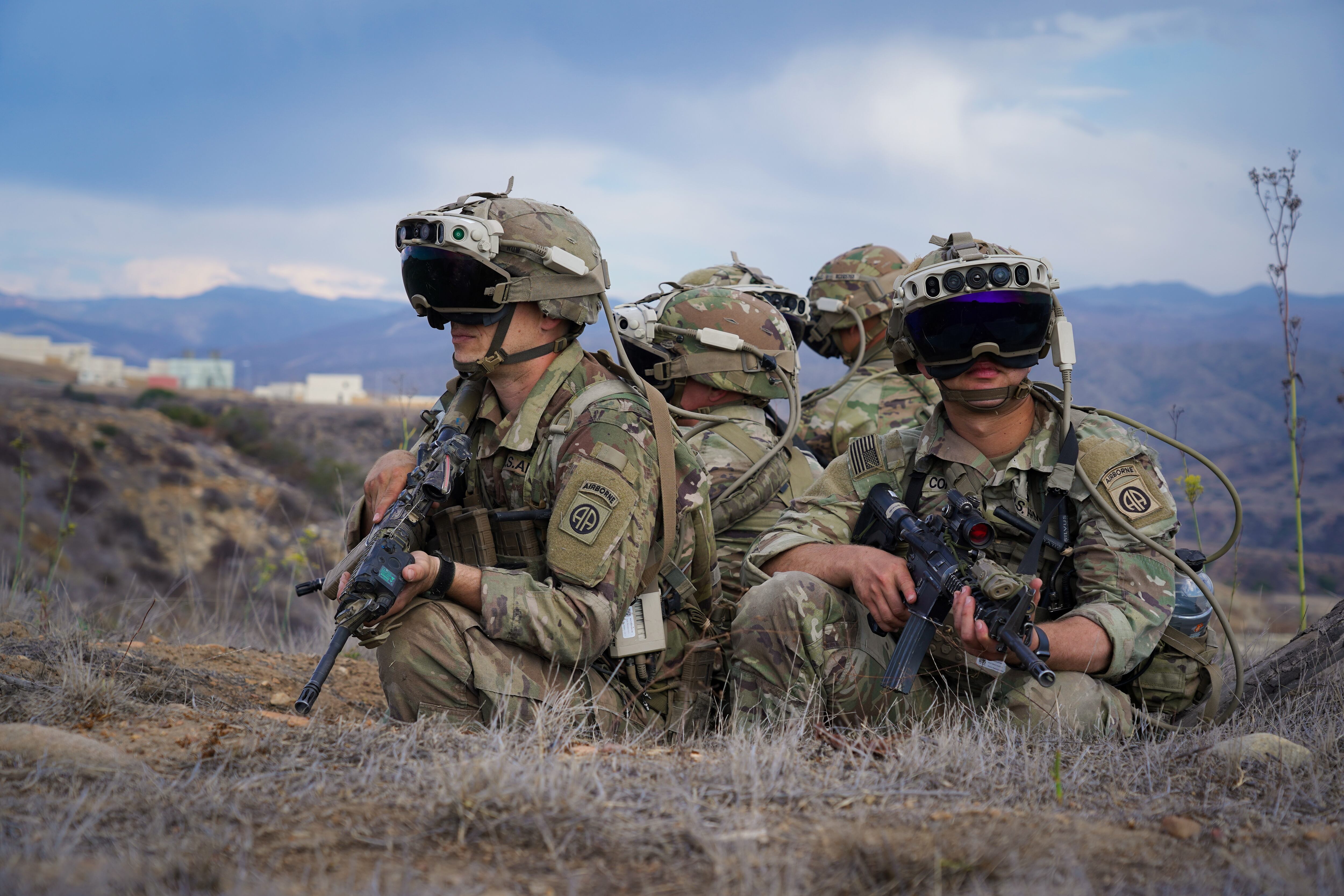WASHINGTON — The Army is aiming to conduct the next round of the experimentation campaign known as Project Convergence in spring 2024, the deputy commanding general of Army Futures Command told Defense News.
The timeframe is later than usual; the Army has typically held the event in late fall. The 2024 version is expected to expand to include coalition partners’ joint forces.
Project Convergence began in 2020 at Yuma Proving Ground, Arizona, as a way for the Army to evaluate the progress of its modernization efforts. The following year, the event became joint as the services attempted to connect sensors and shooters for a combined capability to detect, track and defeat threats on the battlefield.
The latest iteration, held during fall 2022, increased the experimentation scope and scale and added the land armies of the United Kingdom and Australia in an effort to improve data sharing.
Those coalition partners from PC 22 plan to participate with their own joint forces in addition to their armies this time around, according to Lt. Gen. Scott McKean, who is also director of the Army’s Futures and Concepts Center.
He said in a Feb. 3 interview the service is extending the time between capstone events to give the joint force time to validate observations made in PC 22, which took place in late October and early November, and prepare for more complex integration between the U.S. and the participating international partners.
“Based off our learning here in PC 22, we’re going to take the things that we believe are ready, or things that we saw out at PC, and we’re going to apply them in upcoming exercises,” McKean said. Doing so, he added, will help ensure the findings at Project Convergence hold up in operational environments.
“The closest thing we have to war are exercises,” he said.
As one example, the force took sense-and-shoot capabilities demonstrated at Project Convergence to a live-fire test White Sands Missile Range, New Mexico, “we had the right instrumentation to make sure that what we saw wasn’t some fabrication or due to workarounds,” McKean said.
If technology that succeeded at Project Convergence doesn’t at exercises, the military can take it back into experimentation, according to McKean. If it does perform at an exercise, “that becomes part of the theater’s capabilities,” he added.
The next Project Convergence will focus on experimentation at the theater level, beyond the tactical level addressed previously, according to McKean, which will include tackling more challenging threats.
Part of the upcoming evaluation will examine if the joint force is getting closer to achieving what it calls a “kill web,” which evolves the “kill chain” that follows a linear process of sensing threats and shooting a target and expands that into a comprehensive network of sensors from space all the way to the ground and connects those sensors to a network of options to take out threat targets on the battlefield.
“We’ve always aspired to get this kill web type of capability as a joint and combined force, and we’re starting to get to that point,” McKean said. “We’re not there completely yet, but we’re definitely making great strides toward it.”
McKean stressed Project Convergence is no longer just an Army event, even though it is led by the service. The effort, he said, has become increasingly joint.
The “big assessment” will come at the joint staff level, McKean said. “Is this something that we need services to continue to kind of have to generate or is this something that a joint directive will start taking more involvement in? I think that’s kind of one of the pending decisions coming as we move forward.”
Jen Judson is an award-winning journalist covering land warfare for Defense News. She has also worked for Politico and Inside Defense. She holds a Master of Science degree in journalism from Boston University and a Bachelor of Arts degree from Kenyon College.








